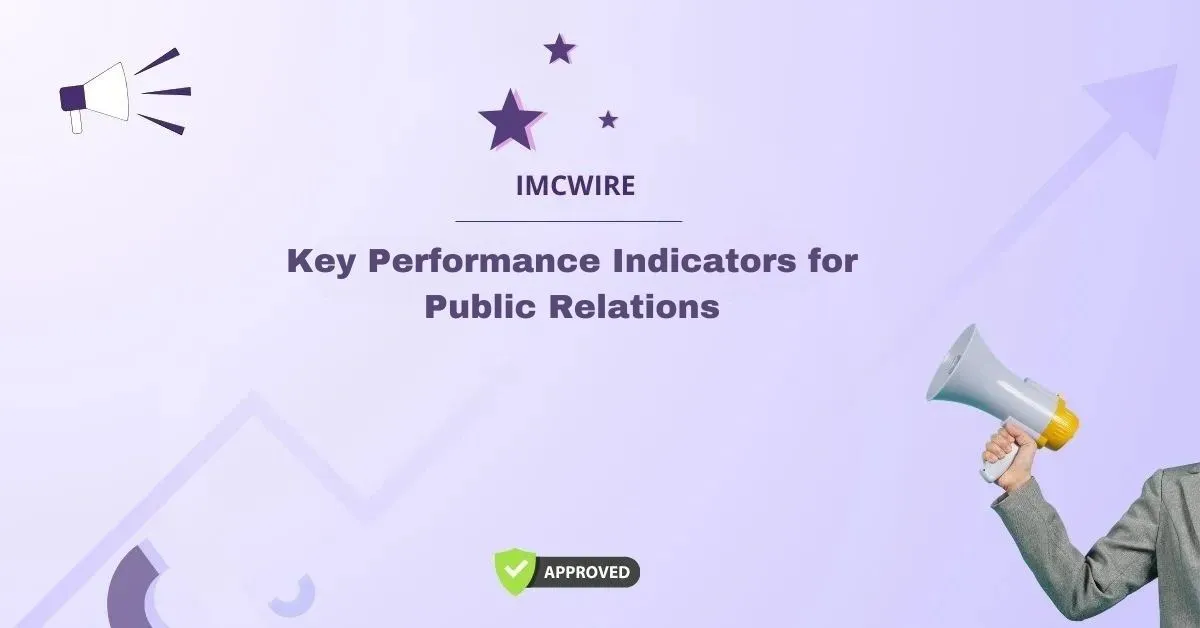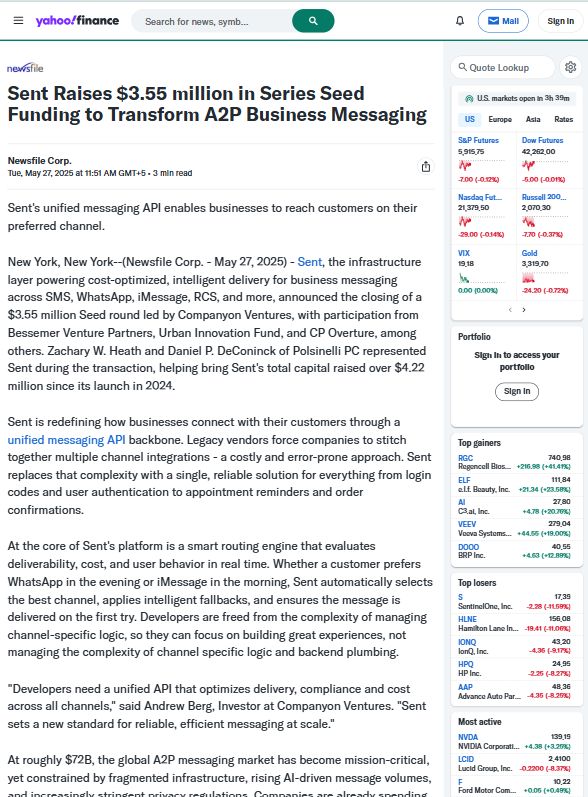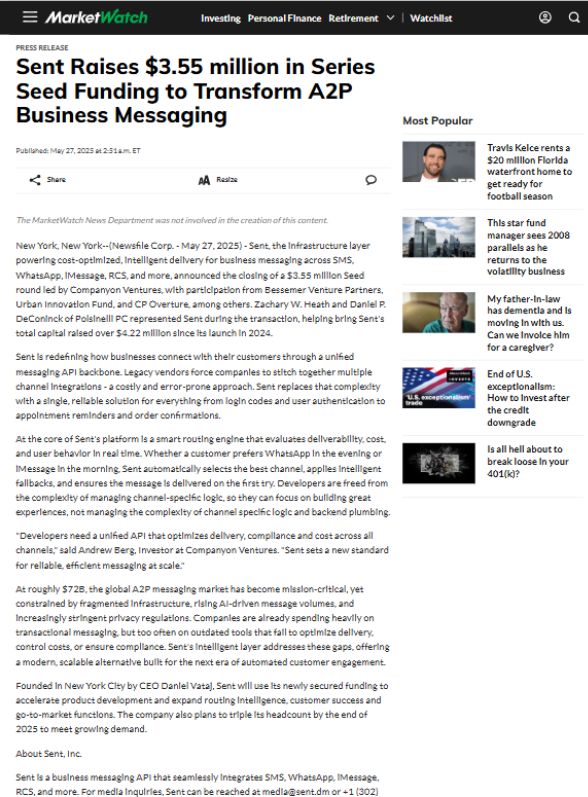Financial public relations (PR) represents a specialized domain within the broader field of public relations, designed to support financial institutions and services in managing their communications and reputation. This field is crucial for maintaining investor confidence, navigating crises, and ensuring transparent communication with stakeholders. This blog delves into the intricacies of financial public relations, exploring its roles, strategies, and the impact of evolving technologies like fintech.
Table of Contents
Understanding Financial Public Relations
Financial public relations encompasses all communication efforts undertaken by financial entities to foster a trustworthy relationship with their stakeholders, including investors, customers, regulators, and the general public. Unlike broader PR practices, financial public relations focuses intensely on maintaining compliance with financial regulations, managing sensitive financial information, and communicating effectively during financial downturns or crises.
Key Areas of Financial Public Relations
Investor Relations: This area involves managing relationships and communications with investors. It includes regular updates, financial disclosures, earnings announcements, and strategic communications to ensure investors are fully informed of the company’s financial health and strategic direction.
Crisis Management: In the financial industry, where reputation and trust are paramount, effective crisis management can determine a company’s survival during and after a crisis. Financial PR professionals develop contingency plans, manage communication during crises, and work to mitigate negative impacts on the company’s reputation.
Media Relations: Specialized media relations are critical in financial PR, involving engagements with journalists and media outlets that cover finance and business to ensure accurate and favorable coverage of the company.
Role of Financial Public Relations Firms
Financial public relations firms offer tailored services to help financial institutions communicate effectively with their stakeholders. These firms provide expertise in crafting messages that comply with regulatory standards while still appealing to investors, analysts, and the media. They also assist clients in managing public perceptions and navigating the media landscape during IPOs, mergers, acquisitions, or regulatory scrutiny.
Impact of Financial Technology on Public Relations
The rise of financial technology has transformed traditional financial services, and with it, the strategies employed in financial public relations. Fintech companies, with their innovative approaches to banking, investing, and payments, require equally innovative PR strategies that address both the possibilities and challenges posed by new technologies. Effective fintech PR campaigns often highlight innovation, customer benefits, security, and regulatory compliance.
Strategic Communication for Financial Services
Developing a robust communication strategy is vital for financial services firms. This strategy must prioritize transparency, especially in how financial data and company decisions are presented to the public. Ensuring all communications are clear, compliant, and consistent helps build and maintain trust, a non-negotiable asset in the financial sector.
Financial Public Relations for Different Audiences
Financial companies must communicate effectively with multiple audiences. For investors and analysts, communications focus on financial health and growth prospects. For regulators, the emphasis is on compliance and transparency. For the general public, messages often aim to enhance the company’s brand reputation and elucidate complex financial products or services.
Trends and Future of Financial Public Relations
Emerging trends in financial public relations include the increasing use of digital and social media platforms to reach broader audiences, the integration of artificial intelligence for data analysis and personalized communication, and a greater focus on sustainability and corporate social responsibility in financial narratives.
The Ethical Dimension of Financial Public Relations
In an industry where trust and credibility are paramount, the ethical dimension of financial public relations cannot be overstated. Financial PR professionals must navigate a landscape fraught with regulatory requirements and high public expectations. Adhering to ethical practices in disclosure, reporting, and communication is not just a legal mandate but a critical component of maintaining public trust and corporate integrity.
Maintaining Compliance and Transparency
Compliance with laws and regulations is the foundation of ethical financial public relations. This includes adhering to standards set by bodies such as the Securities and Exchange Commission (SEC) and Financial Industry Regulatory Authority (FINRA). Transparent communication about company performance, good or bad, helps build long-term trust with stakeholders, especially during times of financial uncertainty or organizational change.
Role of Public Relations in Financial Advising
Public relations plays a crucial role in financial advising, where advisors need to establish and maintain trust with their clients. Effective communication strategies ensure that clients are kept informed about their investments and the market conditions affecting them. For financial advisors, PR isn’t just about managing reputations; it’s about educating and engaging clients to foster stronger, more transparent relationships.
Integration of Digital Strategies in Financial PR
The digital revolution has significantly impacted how financial information is disseminated and consumed. Digital strategies in financial PR involve more than just online news releases; they encompass social media communication, content marketing, and proactive online reputation management.
Social Media in Financial Services
Social media platforms offer financial companies a way to reach investors and customers directly and personally. However, utilizing these platforms requires careful consideration of regulatory guidelines concerning financial advertising and communication. Successful financial PR strategies on social media balance promotional content with educational resources, thereby enhancing customer knowledge and engagement without compromising compliance.
Content Marketing for Financial Education
Financial literacy is a critical area where financial services can genuinely add value through PR efforts. By producing informative content that helps consumers understand complex financial concepts and products, companies can enhance their credibility and authority in the industry. This approach not only helps in building brand loyalty but also empowers consumers to make informed financial decisions.
Case Studies: Successful Financial PR Campaigns
To illustrate the effective application of financial public relations, consider the following case studies:
- Crisis Management: A Major Bank’s Response to a Data Breach
- How the bank communicated the breach to the public and stakeholders.
- Steps taken to mitigate damage and restore trust.
- Long-term changes implemented to prevent future crises.
- IPO Launch: A Fintech Company Goes Public
- Strategies used to build investor interest and confidence pre-IPO.
- Communication tactics during the IPO to ensure a positive reception.
- Post-IPO strategies for maintaining momentum and investor relations.
- Rebranding: A Financial Firm’s Strategic Overhaul
- The role of PR in communicating the reasons for a rebrand.
- Methods used to engage existing customers and attract new ones.
- Evaluation of the rebrand’s impact on the company’s public perception and market position.
Looking Ahead: Innovations and Challenges in Financial PR
As the financial sector continues to evolve, so do the challenges and opportunities in financial public relations. Innovations in technology, changes in consumer behavior, and regulatory updates will continually shape the landscape. Financial PR professionals must stay ahead of these trends to effectively manage their companies’ reputations and relationships with stakeholders.
Predictive Analytics in Financial Communications
The use of predictive analytics can revolutionize how financial companies anticipate market trends and stakeholder reactions. By analyzing data patterns, companies can better prepare for potential crises or capitalize on market opportunities, thereby enhancing their strategic communications.
Blockchain for Enhanced Transparency
Blockchain technology promises a new level of transparency in financial transactions and reporting. By adopting blockchain, financial firms can provide an immutable record of transactions, enhancing trust and simplifying compliance.
The Importance of Integrated Communication in Financial PR
In the complex world of financial services, integrated communication strategies are essential. They ensure that all messaging across various channels is consistent and coherent, reinforcing the brand’s values and strategic goals. Integrated communication helps mitigate the risks associated with mixed messages or conflicting information, which can be particularly damaging in the finance sector.
Holistic Brand Messaging Across Platforms
For financial firms, every piece of communication must reflect the organization’s overarching objectives and compliance standards. This approach ensures that whether a client reads a tweet, a blog post, a press release, or an annual report, they receive the same fundamental messages. This consistency builds trust and reinforces the firm’s reputation as a reliable and transparent entity.
Leveraging Multi-Channel Strategies
Financial PR professionals must adeptly manage a variety of communication channels to reach different segments of their audience. For example, while younger investors might prefer updates via social media or apps, more traditional clients might value detailed newsletters or face-to-face meetings. Using an integrated approach, financial PR can cater to these diverse preferences without diluting the core message.
The Role of Leadership in Financial PR
Leadership visibility can significantly impact the effectiveness of financial public relations. Leaders who are proactive in their communication strategies and transparent in their dealings can enhance the firm’s credibility and authority in the industry.
CEO as the Chief Communicator
In many cases, the CEO or other high-ranking executives are viewed as the embodiment of the company’s values and ambitions. When these leaders actively engage with media and the public, especially during critical periods, they can positively shape perceptions and reassure stakeholders, including investors, employees, and customers.
Training and Development for PR Spokespersons
Financial firms often invest in training their leaders and designated spokespersons to handle media interactions effectively. This training includes best practices for discussing financial results, handling sensitive issues, and projecting confidence and trustworthiness, all of which are crucial for maintaining investor confidence and public trust.
Global Challenges in Financial Public Relations
Financial public relations on a global scale involves navigating a complex array of cultural, regulatory, and economic environments. Each market presents unique challenges that require localized strategies while maintaining a cohesive global message.
Adapting to Local Regulations and Cultures
Financial companies operating internationally must adapt their PR strategies to align with local regulations and cultural nuances. What works in one country might not be effective or even appropriate in another due to different financial regulations, media landscapes, and investor behaviors.
Case Study: Global Financial PR Campaign
Consider a financial services firm that launched a global campaign to promote a new investment product. The campaign’s success depended on its ability to adapt its messages for regional markets, including adjustments for language, cultural references, and compliance with local financial advertising laws. By integrating local insights with global themes, the campaign achieved better engagement and higher conversion rates.
Future Directions in Financial Public Relations
As the financial sector continues to evolve, so will the strategies employed in financial public relations. The future will likely see an increased emphasis on digital engagement, the use of advanced data analytics for targeted communications, and a greater focus on sustainability and ethical investing as core components of financial narratives.
Innovative Tools and Technologies
Emerging technologies like AI and machine learning will play a significant role in shaping future PR strategies. These tools can help parse vast amounts of data to identify trends, predict stakeholder reactions, and personalize communication in ways that were previously impossible.
Sustainability and Ethical Investing
With a growing global focus on sustainability, financial firms are increasingly highlighting their commitment to ethical practices and sustainable investing. Financial PR strategies will need to incorporate these elements as central themes, communicating not just financial performance but also a firm’s impact on society and the environment.
Conclusion
The landscape of financial public relations is rich and varied, encompassing everything from crisis management to global campaign strategies. As financial firms navigate this complex field, they must continuously adapt to new technologies, regulatory changes, and evolving market conditions. By prioritizing ethical practices, integrated communications, and strategic leadership involvement, financial PR professionals can ensure their firms not only survive but thrive in this dynamic environment.











































1 thought on “The Impact of Financial Public Relations on Market Success”